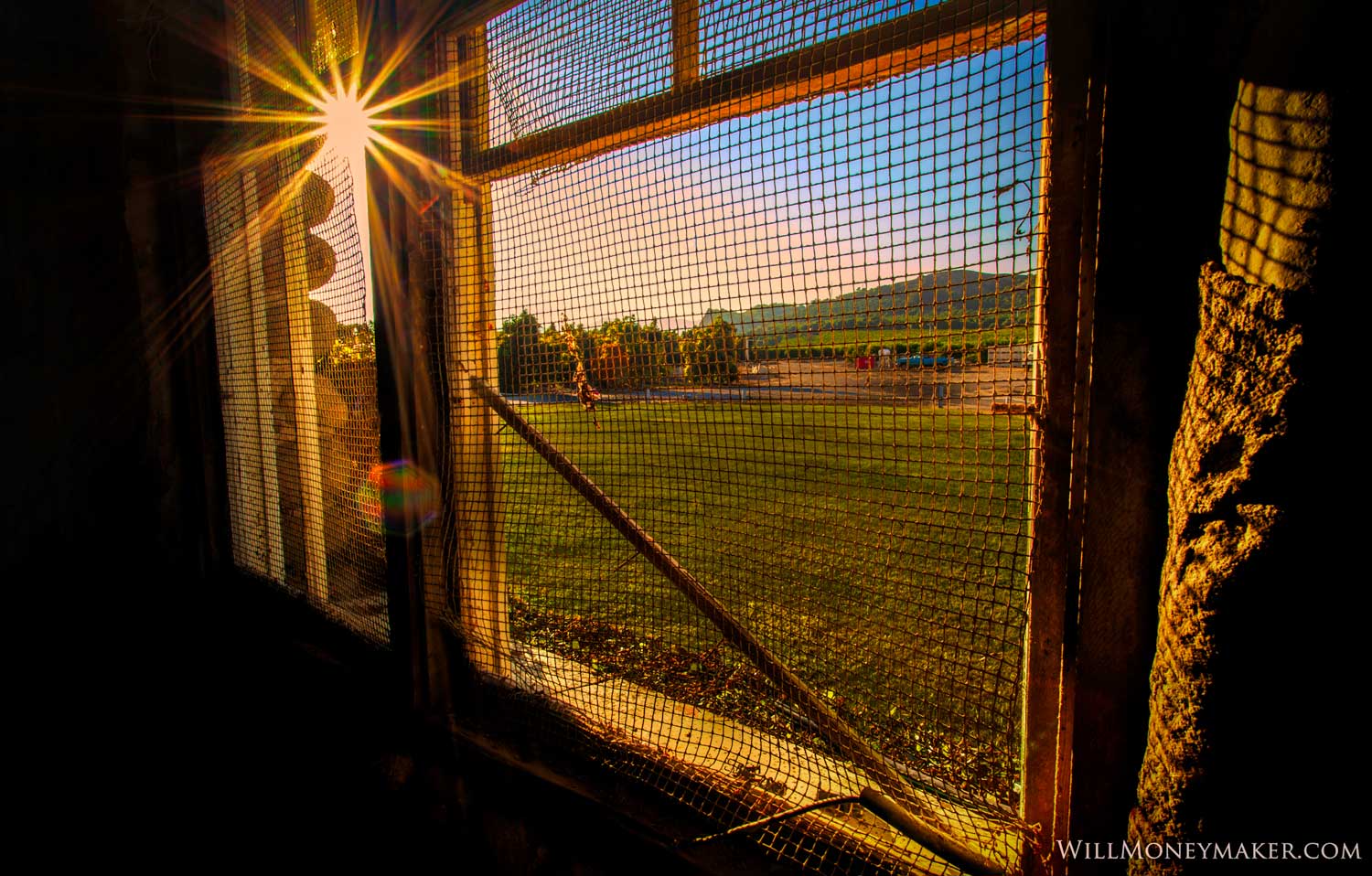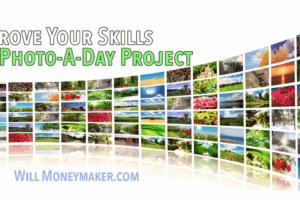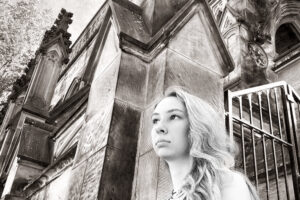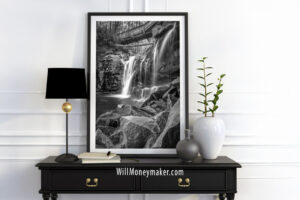There are so many things, so many little facets of a person that we can point at and say that these are the things that make one a better photographer. Things like patience, a creative eye, determination, the willingness to always be learning and always be improving. An experimental nature is important because only through experimentation can we break past the norms that tend to trap us and make something completely new and unique.
But what about empathy? Perhaps empathy is one of the biggest parts of the photographic eye, the thing that makes a photographer truly great. I consider Robert Doisneau in relation to this because he was one who used his empathy to create images that showed joy and positivity. Empathy, when you get right down to it, is a kind of understanding that goes beyond factual information. It’s true understanding—and pausing to consider it, it becomes clear that photography itself can really be broken down into a series of tasks that deal directly with empathy.
First, when we’re creating images, we need to look at the world around us—and we need to empathize with it. Whether it’s people or objects, we need to take these things in, and we need to begin to understand what it is about them that drew our attention in the first place. It’s the start of the process, the part in which we discover something that we can relate to, and thus, something that we want to photograph.
The second step also involves empathy. Once we’ve found what it is that we want to photograph? Then we have to come to understand it. Of course, we can learn all the facts and history behind something that we are photographing. But true understanding, the type of understanding that really allows us to grasp the heart and soul of our subjects—that can only come through empathy. To truly understand, we must empathize.
Then there is the third and final step. After you’ve found what it is that you want to photograph, and after you’ve learned about it and empathized with it, then you must capture your subject using the understanding you’ve gained. And you’ll need to do so in a way that is so empathetic that those who will view your photographs are also able to relate to them in the ways you did when you created them.
This is perhaps the most difficult part of the process because in order to portray what you are thinking and feeling when you create an image? You must not only empathize with your subject, but with the people who will be viewing it. Empathizing with your audience is the only way to create photographs that they will naturally gravitate to. When I think about it this way, it begins to make a lot of sense. Perhaps this truly is one of the bigger secrets to becoming a better photographer. By empathizing with the world, with your subjects, and with the people who will be looking at the things you’ve created.





